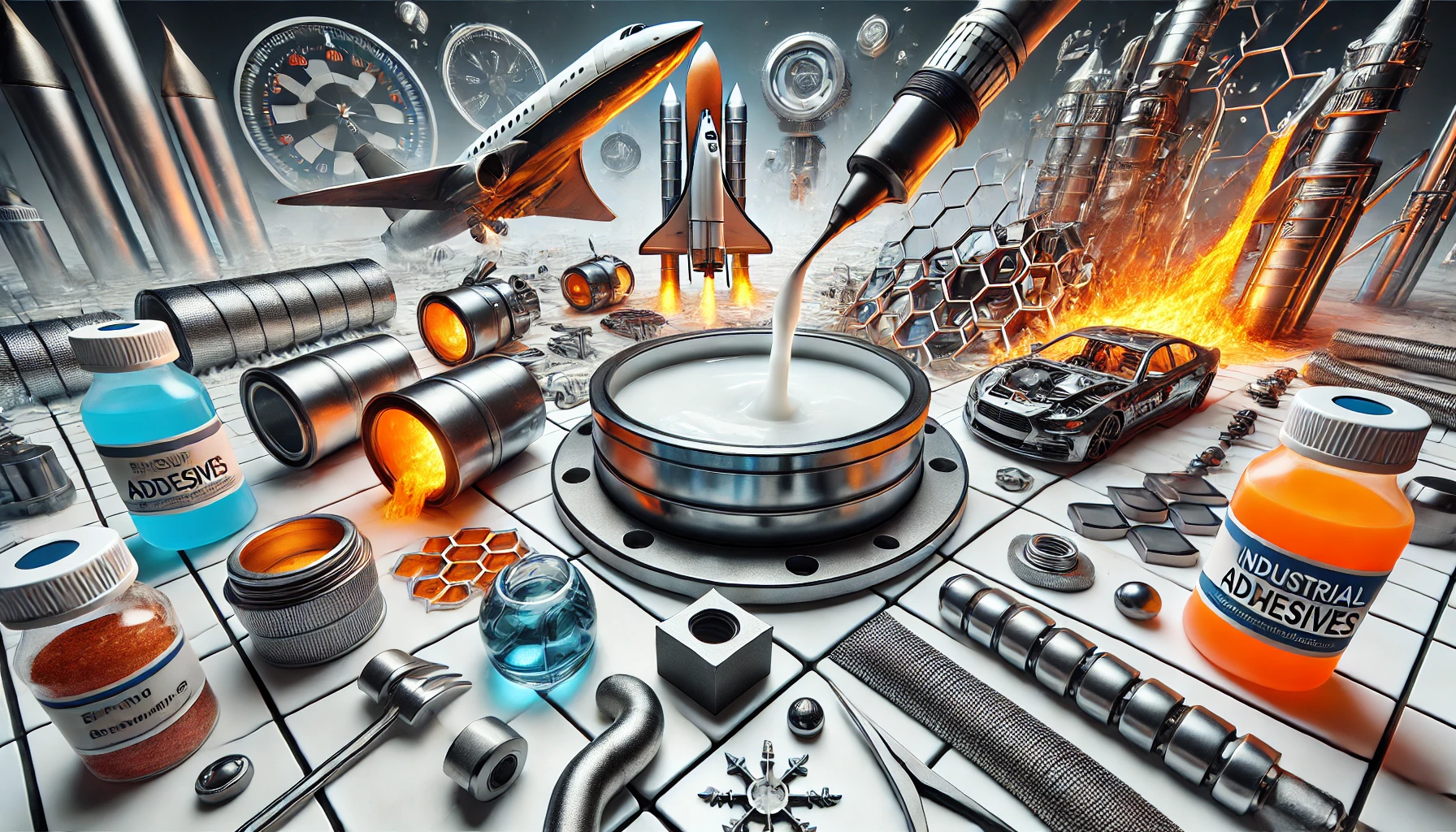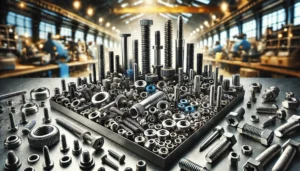It might be vital to use an appropriate stronger adhesive that is capable of high pressure and high temperature for long lasting results. This is because high temperature and high pressure settings require strong adhesives. Below are five types of adhesives that perform well under pressure and temperature.
1. Epoxy Adhesives
Different kinds of adhesives are known for their unique advantages, and for the Epoxy they are lauded for their massive mechanical strength, chemical endurance, and strength towards heat. These are formed by the curing of a particular Epoxide resin with a hardener, resulting in a durable and rigid polymer. Epoxies are excellent adhesives to metals, ceramics, and composite material because they can endure temperatures as high as 500F. They are suitable for construction use as they have high compressive strength. Structural bonding, potting electronic assemblies, and other similar tasks are carried out using epoxy adhesives in the aerospace, automotive and electronics industries. However, because epoxies are known for their strength, it is worth mentioning they may be too brittle, especially for applications that involve dynamic loads or vibration.
2. Silicone Adhesives.
Silicone adhesives are often selected due to their outstanding degree of flexibility as well as their ability to withstand extreme temperatures which range between -85°F to 600°F (-65°C to 315°C). They retain their elastomeric characteristics within these temperature extremes, providing enhanced strength to wide-ranging applications that involve sealing and bonding systems under thermal cycling. Silicones always demonstrate a high degree of moisture, UV radiation, and even chemical resistance, which adds to the strength of the material in extreme environments. They are most often used in sealing engine components, bonding glass parts with mousses at higher temperatures, or encapsulating electronic modules. Silicones are more flexible and resistant to environmental conditions than other types of adhesives; however, they typically possess lower as well as weaker mechanical strength than most adhesives such as epoxies. This may limit their applications in certain load-bearing situations.
3. Polyurethane Adhesives
Polyurethane adhesives offer a balance between flexibility and strength, with good resistance to impact, abrasion, and environmental factors. They can endure temperatures up to approximately 250°F (120°C), with some specialized formulations tolerating higher temperatures. Polyurethanes bond well to a variety of substrates, including metals, plastics, and wood, making them versatile for different applications. In the automotive and construction industries, polyurethane adhesives are used for bonding panels, sealing joints, and assembling composite materials. Their ability to accommodate joint movement and resist environmental degradation makes them suitable for dynamic applications. However, in scenarios involving prolonged exposure to very high temperatures, polyurethanes may not perform as well as other high-temperature adhesives.
4. Polyimide Adhesives
Polyimide adhesives are developed for lashes with regard to aerospace components. And for other uses in which they may suffer a heavy thermal load. Without faltering, they can withstand extreme temperatures reaching up to 500°F (260°C), and when driven to their limits, they are capable of withstanding short-term exposure up to 700°F (371°C). These adhesives serve well in rocketry and microwaves due to their incredible thermal stability, ability to counter chemical and electrical attacks. Among other uses are the bonding of heat shields, High-temperature electrical components, as well as composite structures. Adhesives brittle in nature but resistant to thermal assurance do have their place in engineering where materials like polyimides would fail. Unfortunately, these advantages do come with drawbacks as their processing can be cumbersome, needing high temperature die curing, resulting in a more complicated fabrication process that may leave them much more brittle than other types of adhesive.
5. Phenolic Adhesives
Serving functions much like Polyimide adhesives, phenolic adhesives are much more common thermosetting resins which are known for their excellent mechanical strength, power, thermal stability, and an unmatched resistance to chemicals and moisture. They can withstand extreme environments with high stress up to 500°F (260°C),when employed for brake linings, clutch facings, and in the assembly of honeycomb panels for aerospace applications. The rigidity and durability they provide under high temperatures make them perfect for use in these conditions. On the other hand, using these phenolic adhesives for structural applications can lead to brittle fractures reducing their strength under high pressure and increasing the chances of impact failure. Reinforced or toughened phenolics can prove useful to solve these unfortunate problems.
Conclusion
One must evaluate the specifics of the application and the working environment extensively when deciding which adhesive to use in high temperature and or high pressure scenarios. One must consider the substrate composition, various stress and strain types, environmental and chemical impacts, and the thermal cycling profile. Engineers are advised to collaborate with adhesive suppliers and assess technical information in the technical data sheets. Doing this ensures that the best quality and most suitable adhesive are formulated and sought in relation to the engineers’ specifications, and expectations. This in return ensures that the systems will reliably operate even in troublesome conditions over long periods of time.










